
The 1980s was a golden era for thrillers, producing some of the most iconic and influential films of all time. It was a decade when high-stakes action, shadowy noir influences, and psychological tension collided, creating an abundance of gripping cinema. Yet, for every genre-defining hit, there were countless thrillers that slipped through the crack, films that for one reason or another, never reached the audiences they deserved.
Some were overshadowed by bigger blockbusters, despite offering just as much tension and intrigue. Others quietly redefined their genres but lacked the recognition to secure a lasting legacy. Even films featuring legendary performances from Hollywood greats have faded into obscurity, waiting for rediscovery by film fans both new and old.
This list isn’t about the most well-known or celebrated thrillers of the decade, it’s about the ones that deserve a second look. Whether it’s a stylish crime saga, a suspenseful mystery, or a gripping game of cat and mouse, these underrated gems from the 1980s belong on your watchlist.
1. Thief (1981)

Before Michael Mann mastered the crime genre with Heat (1995) or thrilling us on our sofas by producing the hit eighties cop show Miami Vice (1984-1990), he set the foundation with this stylish neo-noir classic. Starring James Caan as a jewel thief, unsurprisingly persuaded into one last heist before retiring, Thief bares all the trademarks of what was to come from Mann.
Combining style and substance as well as real humanity in its characters, Thief provided the blueprint for Mann’s future work, laying down a marker of blue and grey colour palettes that pepper Mann’s films, as well as a soaring and at times beautiful score by Tangerine Dream. James Caan is terrific in the lead role and provides the beating heart of the film, ensuring that you really care about his character as the film races to its nail-biting conclusion.
For fans of Heat and Collateral (2004), Thief is a must watch for fans of slick, character driven crime dramas.
2. Target (1985)

Only released on Blu-ray in the last couple of years, this European thriller stars a young Matt Dillon, who finds his father Walter (a typically astute Gene Hackman) a rather dull presence in his life; but that all changes when Chris’s (Dillon) mother disappears while away in Paris.
Director Arthur Penn had already cut his teeth in the genre, having provided us with the superb and thoroughly underappreciated Night Moves (1975), which also starred Hackman. Here, he supplies several well staged action set pieces and a legitimate air of mystery, raising Target above the average run of the mill thriller.
Whilst it won’t come as a surprise to anyone that Walter’s subfusc existence hasn’t always been as low-key as Chris thinks, it’s a shame that Target hasn’t seen the light of day until recently, because it’s well worth your time. Indeed, it ends up being a terrifically efficient spy thriller, reminding you of past classics like Topaz (1969) or perhaps more pertinently, The Ipcress File (1965).
3. To Live and Die in L.A (1985)
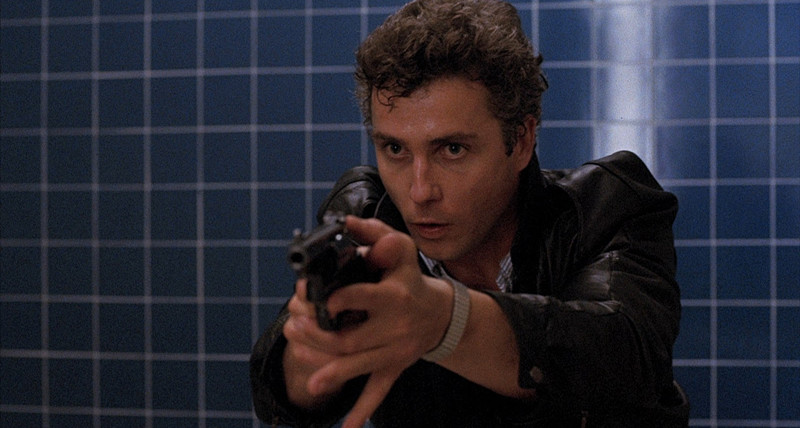
The world lost an all-time great in William Friedkin a couple of years ago. The man behind such masterpieces as The French Connection (1971), The Exorcist (1973) then later Sorcerer (1977) and Cruising (1980) to name but a few, it seemed that his spark had gone out after the latter two absolutely bombed both critically and commercially.
Thankfully both have had reappraisals in recent years, but it was only halfway through the eighties when Friedkin was able to rediscover critical form. To Live and Die in L.A is a much more playful piece of work although not without its dark moments. William Peterson’s cop Chance and his partner Hart are on the trail of artist-turned-counterfeiter Eric Masters (a wonderful Willem Dafoe), and Friedkin turns in a fantastically entertaining cop thriller that include a car chase to rival The French Connection, one that entails two cars going the wrong way down a freeway in Los Angeles.
At times deliberately over the top, for those that failed to appreciate Friedkin’s previous films, To Live and Die in L.A proved that the maestro was back, and having a blast.
4. The 52 Pick-Up (1986)
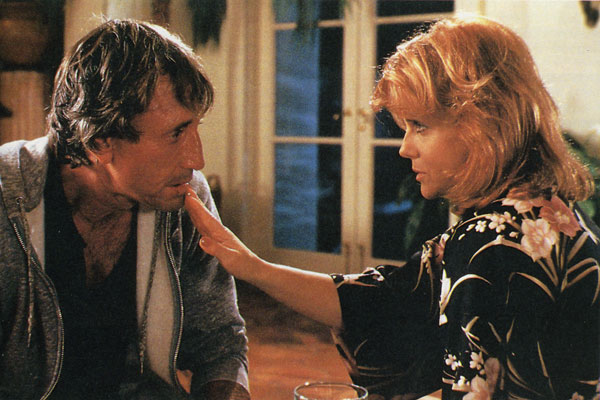
Roy Scheider is a rich businessman whose life is turned upside down when he’s blackmailed by John Glover’s Raimy. Raimy has video tapes of Scheider’s Harry cheating on his wife with a topless dancer, and he wants $110,000 or he’ll release the tape to Harry’s wife. Harry has a better idea; he comes clean with his wife and essentially tells Raimy to shove it. The problem though, is that Raimy returns with another video tape, this one showing the topless dancer being murdered with Harry’s gun.
What unfolds isn’t terribly original, but it is sleazy, rip-roaring, and falls somewhere in-between Paul Schrader’s Hardcore (1979) and Joel Schumacher’s 8mm (1999) with a welcome helping of exploitation cinema.
The unremarkable revenge melodrama plot is bolstered by some terrific performances (especially Scheider) and results in a very well-crafted thriller by director John Frankenheimer, that has only recently become widely available.
5. No Way Out (1987)
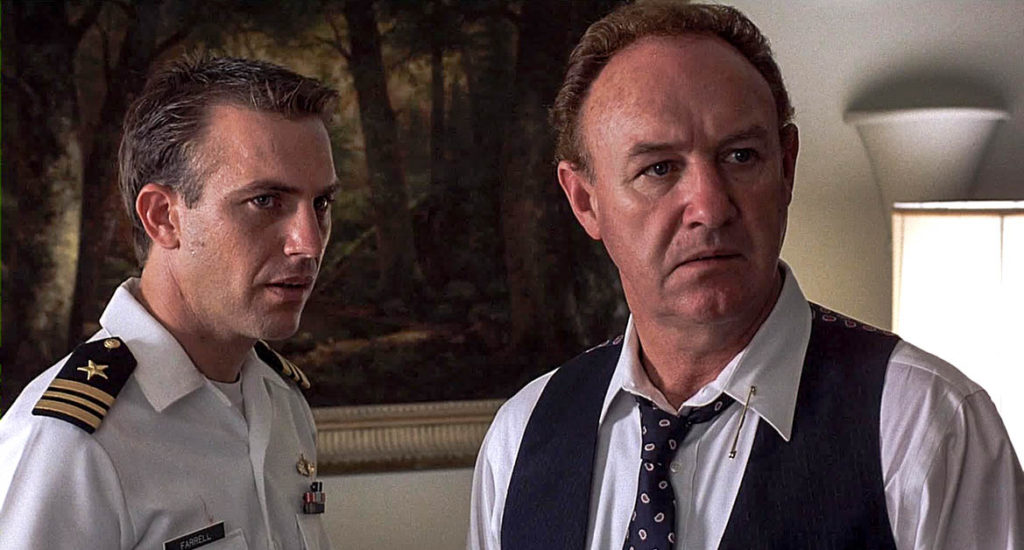
Roger Donaldson’s back catalogue of directorial features doesn’t necessarily make one sit bolt upright, but one or two stick out, if you know where to find them. Thematically Hitchcockian at times, No Way Out stars Kevin Costner as Tom, a young naval officer who is having an affair with Susan Atwell (Sean Young), a woman who is also having an affair with Secretary of State David Brice (Gene Hackman).
When Susan is found murdered, Brice has Tom head up the investigation, despite Brice knowing exactly what happened. To reveal anything further would give away more of the labyrinthine plot than one needs to, but No Way Out seemingly follows its title rather fittingly for Tom himself, who is thrust this way and that and unsurprisingly framed for the murder. With its twists and turns, No Way Out keeps you guessing until the very end, cementing its status as one of the decade’s most underappreciated thrillers.
6. Frantic (1988)
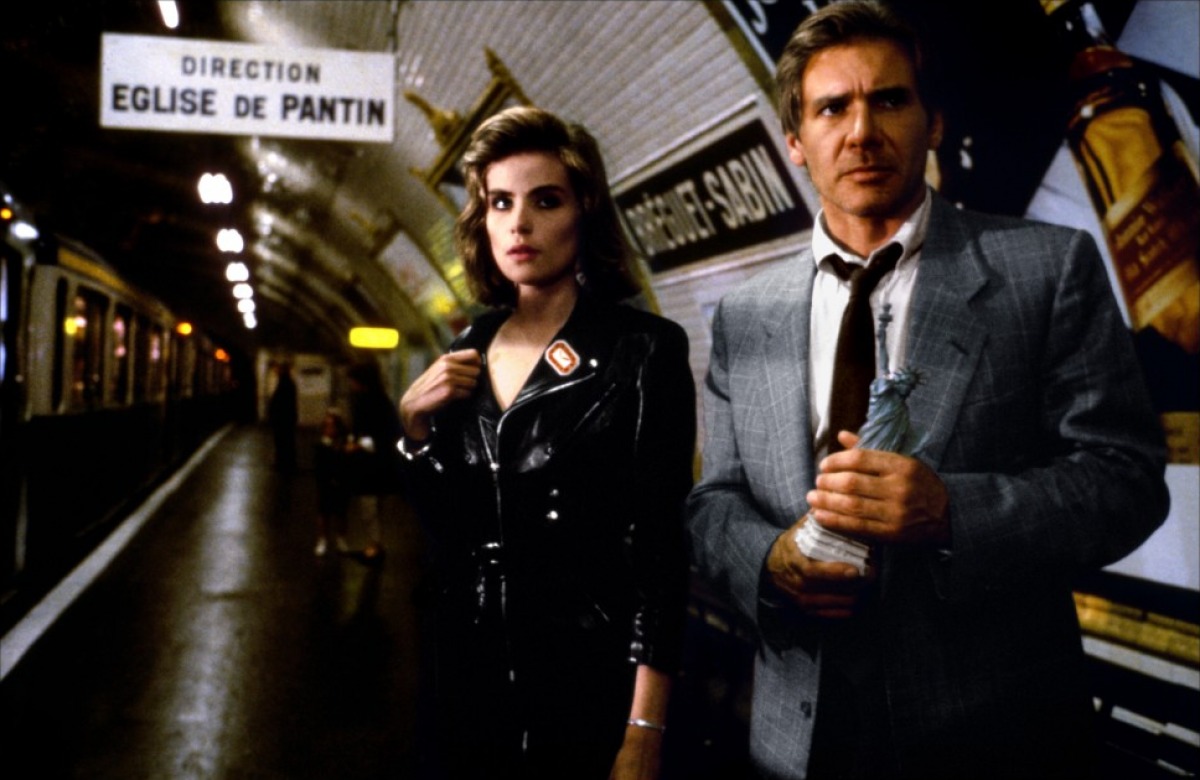
Harrison Ford’s various characters throughout his career have had multiple problems with women, and Roman Polanski’s Parisian set thriller puts Ford back in familiar territory (although admittedly Presumed Innocent [1990] and The Fugitive [1993] were yet to come). In Frantic, Ford, just like latterly in The Fugitive, plays a doctor named Richard, who is visiting Paris with his wife for a medical convention. They arrive at their hotel, Richard takes a shower, and when he emerges his wife has disappeared.
This is the set-up for Frantic, one in which Polanski shows you the dank underbelly and back alley dealings of Paris, unfurling in nightclubs (frequently spouting the sounds of Grace Jones’s Nightclubbing) and parking garages, sliding into dark and murky territory as the first half flashes by while you grip your armchair in suspense. Emmanuelle Seigner provides ample support for Ford as Michelle, a mercenary courier who helps Richard along the way despite her intentions always being somewhat questionable.
Although the conclusion might not provide satisfaction for all, for the most part Frantic is one of Polanski’s finest works, and even if it’s perhaps not up there with something like Chinatown (1974), this provides another string to both Polanski and Ford’s formidable bows.
7. The Vanishing (1988)
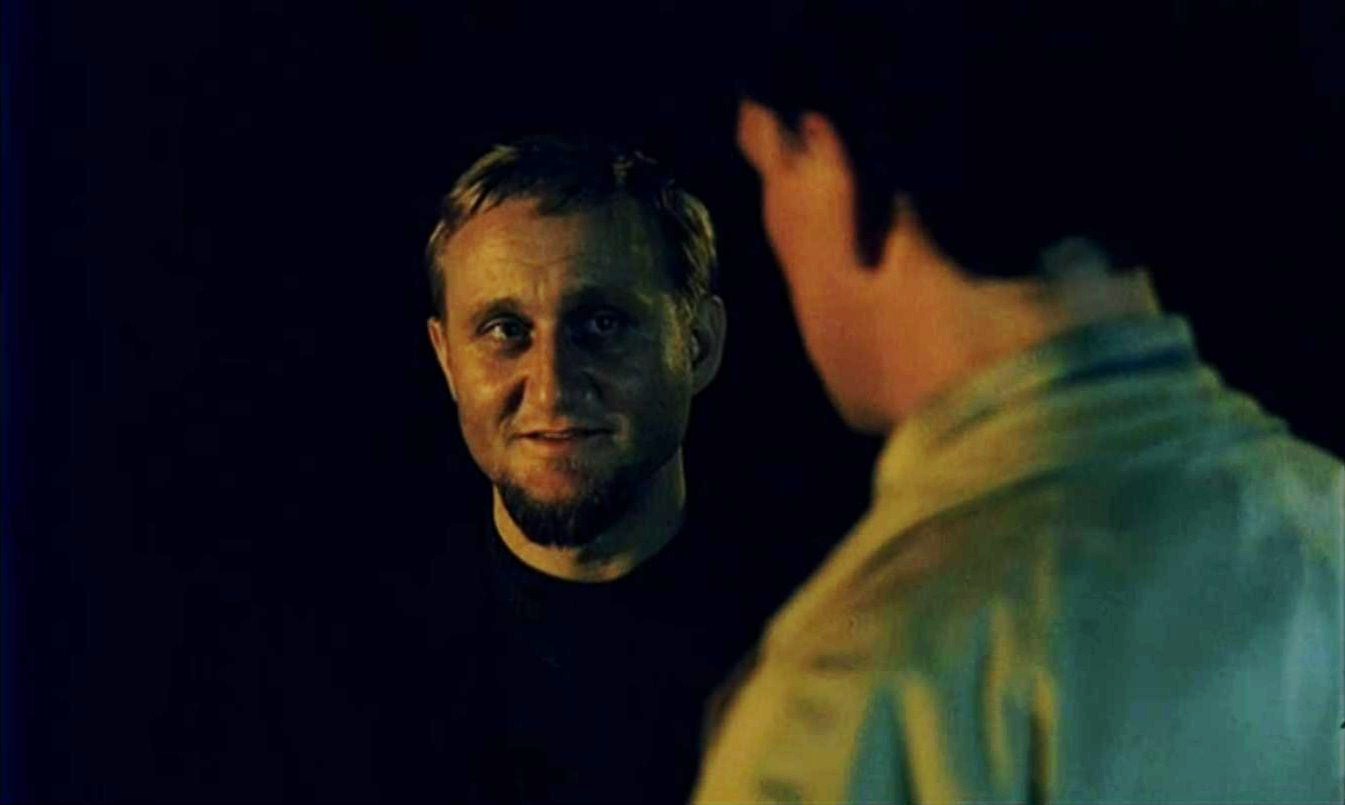
Few films capture the horror of the unknown like The Vanishing, a psychological thriller that will haunt you long after the credits roll. George Sluizer’s film (not to be confused with the 1993 remake) begins with a couple driving through France on their way to a cycling holiday, when they pull into a motorway service station. After they’ve had a sit-down, thrown a frisbee around and had a rest, the wife goes back into the store to buy some beer, and never returns.
Right from the get-go, this is evidently disparate to your average missing person chiller. We know almost from the opening scenes who the culprit is, but the husband (Rex Hoffman) doesn’t, meaning that we’re constantly one step ahead of him without knowing exactly what’s happened. What unfurls is deeply unsettling, as Hoffman’s Bernard goes through years of obsessing over what happened to his wife, utterly unable to move on in any way. He keeps returning to a polaroid he took whilst waiting for her, in which she can be glimpsed, even after he’s lost all hope of finding her alive, he simply wants to know what happened.
Sluizer’s film isn’t for the faint hearted despite being largely void of any sort of violence, what really makes it stick out is the unrelenting feeling of terror throughout its run time. A masterclass in slow-building dread, this is not just an underrated thriller, it’s one of the most unsettling films of the eighties.
8. Deadly Pursuit (1988)

Deadly Pursuit (AKA Shoot To Kill) was heralded on is opening if only for the fact that it contained a return to acting for Sidney Poitier after a ten-year absence. Poitier plays FBI Agent Warren Stantin, who inadvertently causes the death of a jeweller’s wife in the opening sequence whilst trying to apprehend a brutal extortionist (Clancy Brown), and the man ultimately escapes.
Stantin is wracked with guilt and anger and trails the man to Washington where he ends up tracking the extortionist through a dangerous mountainous forest with the help of Tom Berenger.
Deadly Pursuit is an absolute blast, genuinely nerve-wracking at times as well as falling into the sub-genre of buddy comedy on occasion. Poitier is just as keen on proving to us that he still has it (and he does) as he is on demonstrating to Berenger that despite being a city man, he’s more than capable of traversing the rocky rural surroundings and keeping pace.
With Poitier’s return to acting and a tension-filled game of survival, Deadly Pursuit is a forgotten gem that blends action and suspense effortlessly.
9. Blue Steel (1989)
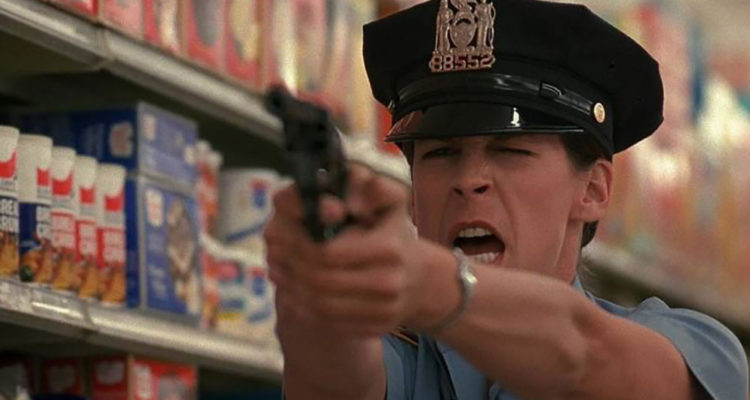
Jamie Lee Curtis has blasted back onto our screens last year in Gia Coppola’s The Last Showgirl, proving she still has a lot to offer. Her first ever full-length feature as an actress was of course Halloween (1979), and Blue Steel, Kathryn Bigelow’s third feature film as director, shares many strands of DNA with John Carpenter’s groundbreaking slasher. Curtis is a New York cop, who on her first day on the job shoots and kills a man holding up a supermarket. One of the customers at the time is Ron Silver, a very unstable Wall Street broker who somehow ends up with Curtis’ gun and swiftly begins to obsess about her.
Blue Steel is undoubtedly one of Bigelow’s lesser seen films, understandable when she has such huge hits as Point Break (1991) or Oscar winning behemoths like The Hurt Locker (2008) and Zero Dark Thirty (2012). But Blue Steel is a much more low-key affair with interesting ideas.
For example, the plot takes an unexpected turn when Silver’s Eugene Hunt appears a nice guy who ‘accidentally’ bumps into Curtis publicly and they get on so well, they begin dating. It’s an intriguing set up considering the knowledge we as the audience have over Curtis; she still doesn’t suspect a thing when a string of people are shot, with bullets that have her name engraved on.
With Bigelow being the first female director to win an Oscar for The Hurt Locker and much rightly being made of it at the time, it’s a shame that Blue Steel hasn’t ever had the resurgence it should have done. Dark, intense, and featuring a powerhouse Jamie Lee Curtis, Blue Steel is proof that Bigelow was always destined to redefine action cinema.
10. The Mighty Quinn (1989)
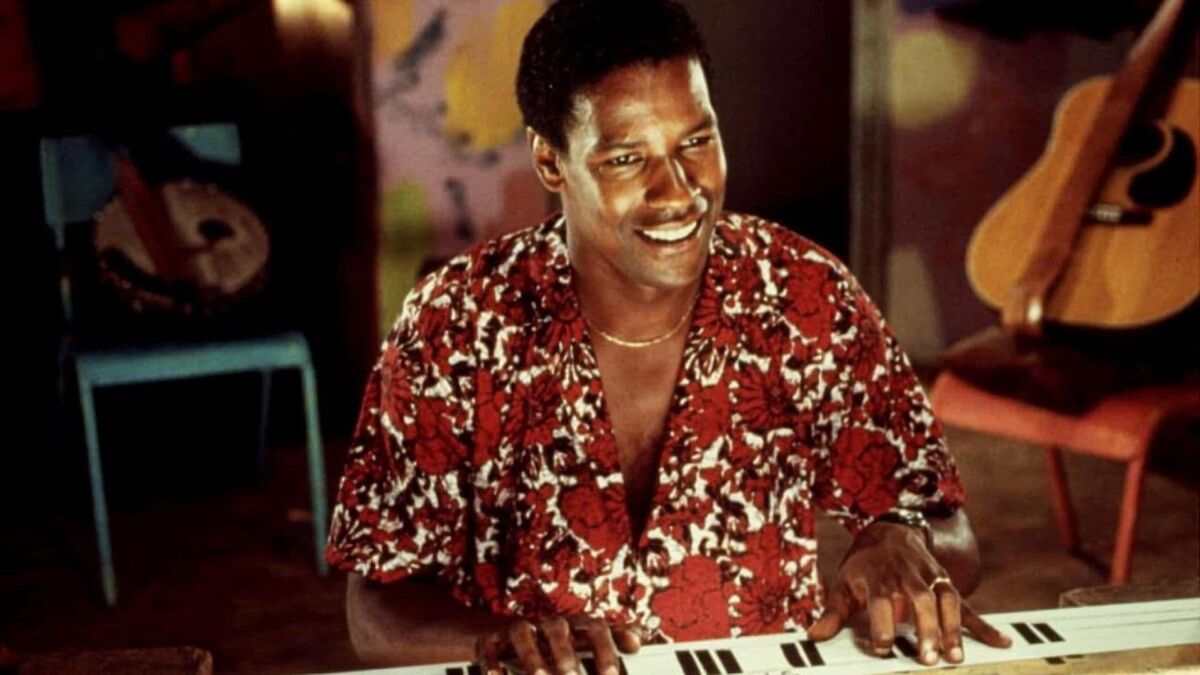
Carl Schenkel is far from being a well-known director. Much of his output is straight to DVD work or TV movies, but The Mighty Quinn, fronted by Denzel Washington, perhaps proves that he had much more to offer if he’d had the chance.
Washington plays Chief of Police Xavier Quinn on a small island in the Caribbean, and after the murder of a high-profile millionaire, sets about clearing the name of his best friend who in his mind has been framed. Quinn’s problem is that he’s pretty much the only one who believes his friend is innocent, and his friend’s criminal past doesn’t help matters.
The Mighty Quinn by its very nature and setting remind you of the 2003 Carl Franklin film Out of Time, which also stars Washington; but Schenkel’s film has a lot more depth under its seemingly simple surface. Washington is terrific as Quinn, a big name and figure on such a small island where everybody knows everybody else. A murder like this doesn’t just put the police under pressure, there’s political pressure to solve the case for the tourism industry. Quinn has personal problems at home as well, although his relationship with his wife (an excellent Sheryl Lee Ralph) sparkles on the screen; the pair of them are a delight to watch.
An energetic, layered thriller with a brilliant Denzel performance, The Mighty Quinn deserves rediscovery as one of the eighties’ most entertaining crime films.
